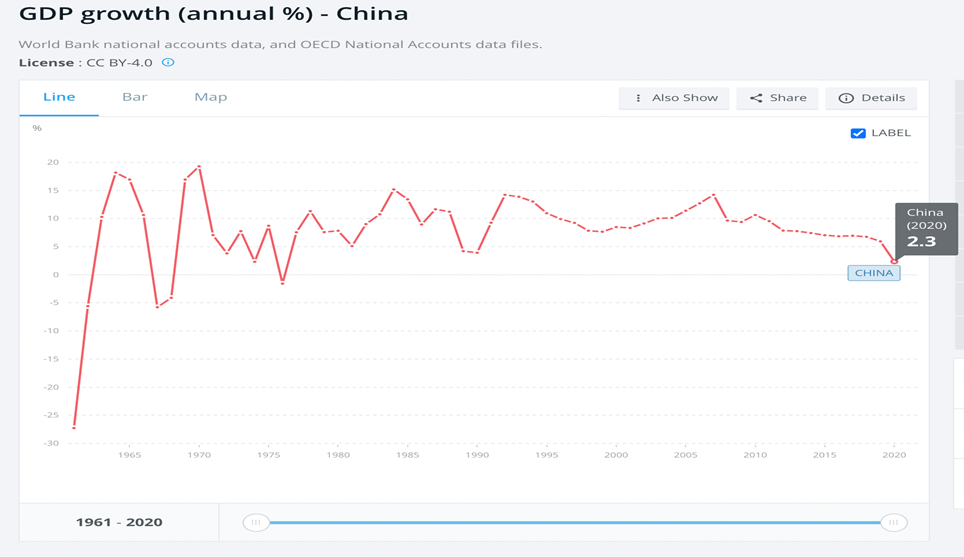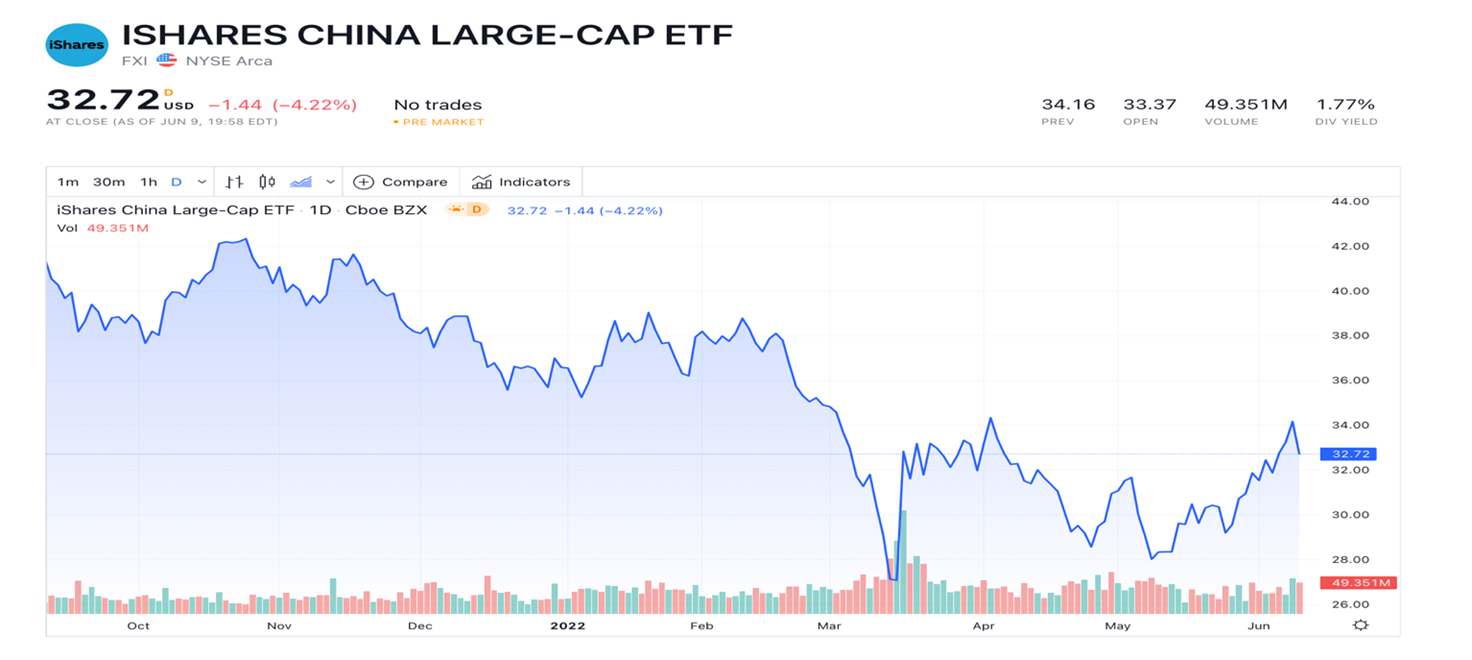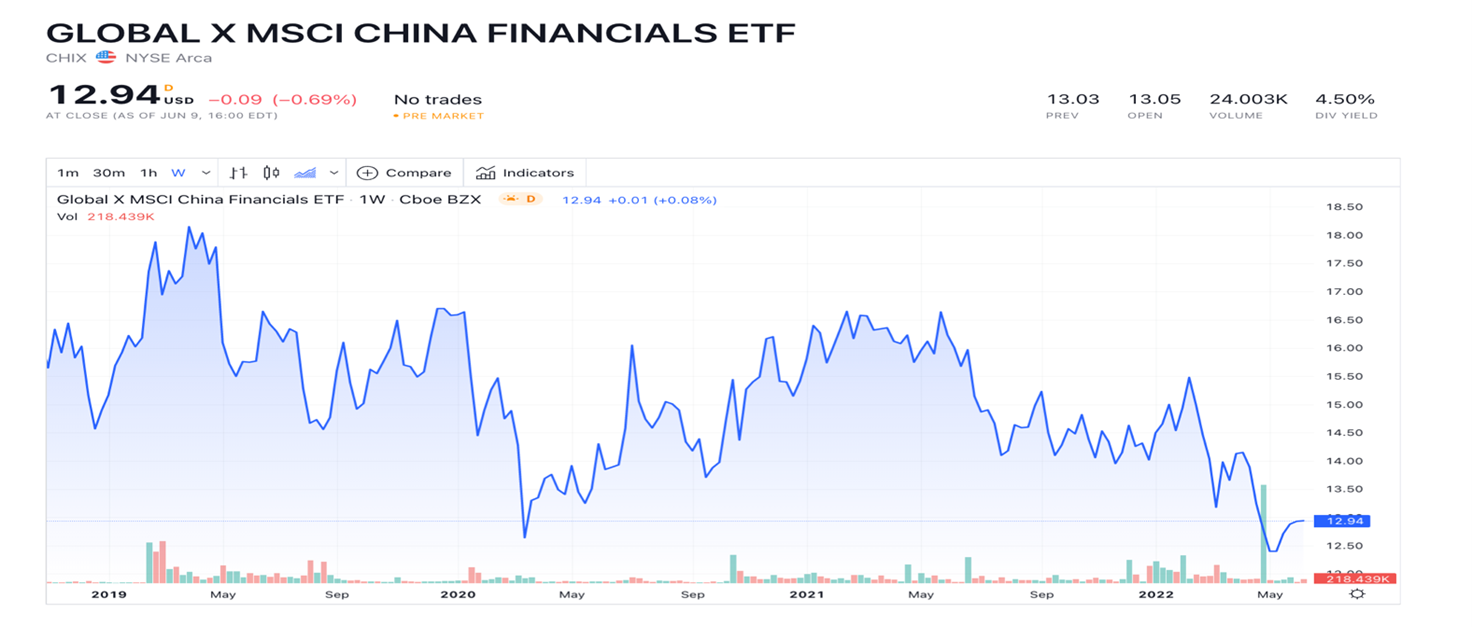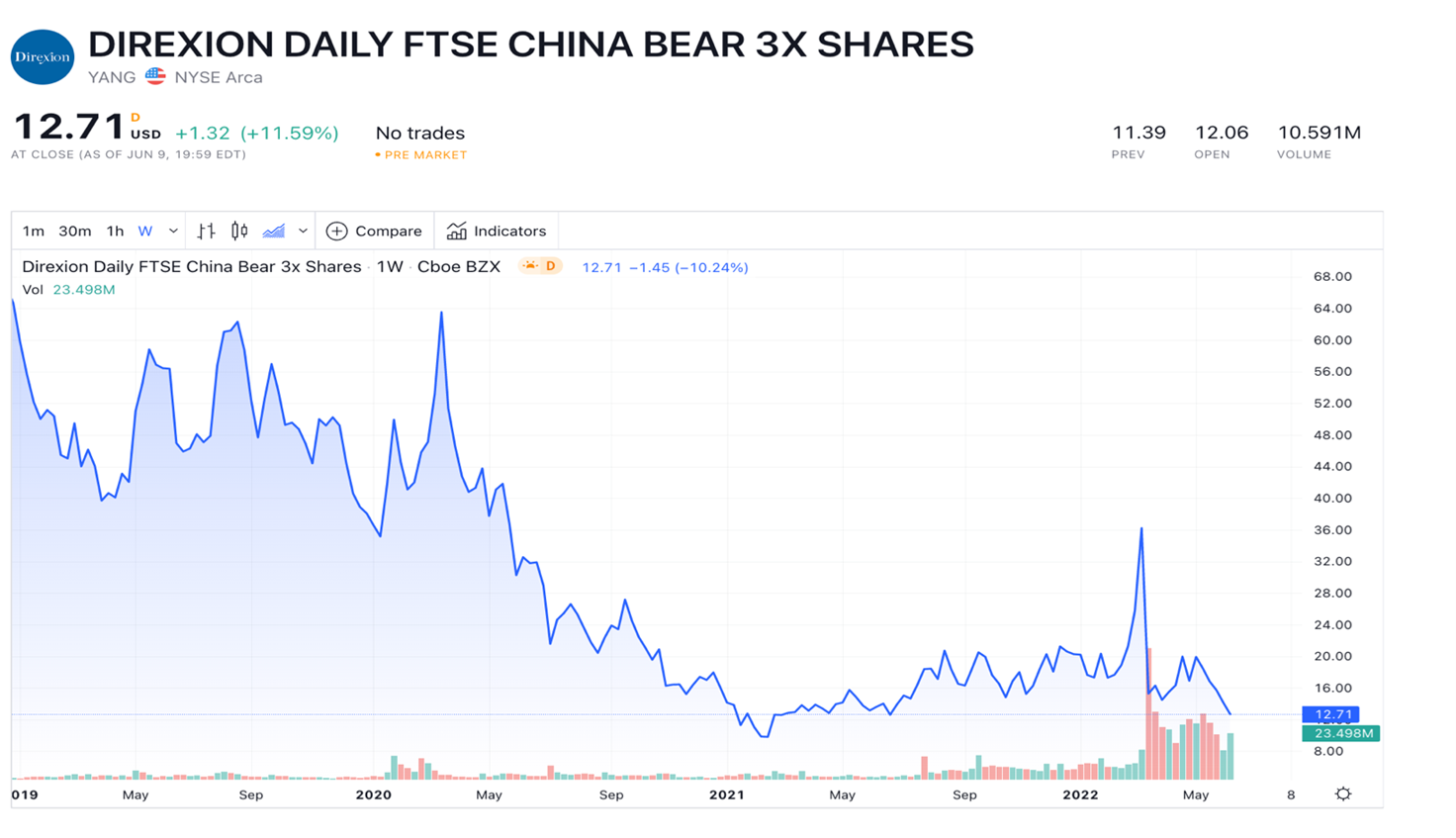How to Short China
Posted:How to Short China
Due to the recent geopolitical conditions, political, and Covid-19 have affected the largest Asian country. China The downward pressure on the Chinese economy is still striking. A vast majority wants to beg against China.
In 2011, China had become a leading manufacturing nation, and later in 2013, it became a leading trading nation. By 2020, the nation had many new patents that were granted each year as the US and Japan combined. The company has been the second-largest economy in the world for 11 consecutive years since 2010. For four straight years, China has been number one in terms of traded volumes in the world. China in 2017 jumped up in traded volume from 26th position in the world and stayed number one since. At present, the country has become the world’s biggest export and importer as well as they are the second-largest importer.
Nation boom fading?
For two consecutive years, China achieving record trades the manufacturers are being downbeat as the consumers are at the biggest market curbs and the stringent lockdowns due to Covid are swaying the consumers to competitors in the region.
At a time when most of the countries living with coronavirus, travel, and other leisure activities resuming, along with various consumers cutting back on Chinese products.

(Source: data.worldbank)
Domestic Woes
The technology sector in China has faced a lot of headwinds with lockdown due to pandemics and a surge of new stringent regulations on the tech firms in China. The new regulations aim to curb consumer rights abuse, monopolistic practices, data privacy break off the consumers, and minor protection from tech games. The Chinese companies faced supply chain bottlenecks due to the lockdowns and pandemics at a time when other countries have resumed their businesses and travel restrictions are easing.
China has recently indicated the ease in those regulations and stringency in the tech sector last month. President Xi Jinping aims to bolster the economy as the businesses face growth-sapping covid-19 lockdowns but there is still a long way to go back to in its full form.
Ways to short China:
China’s economic growth has slumped sharply in recent years indicating an end of a rapid growth era. Further, allowing investors with shorting opportunities and profit from falling stock prices also other areas of investments in the country.
Synthetic Short
On a traditional basis showing China’s stocks can be both expensive as well as fraught. One way to short China in an affordable manner is synthetic short. It is a basket of around 40 US stocks with Chinese exposure that is designed to closely mirror the performance of China’s CSI 300 benchmark with a borrowing cost of only $2 to borrow as compared to the Chinese stocks that cost 10% as well as the regulations in doing so.
Exchange-Traded Funds
There are several ways to short China, one of the ways to earn profits is by taking long or short positions on Exchange Traded Funds (ETF). ETFs represent either the broad market of Chinese stocks or industrial sectors.
Ways to short through ETF:
Short Position in Long ETFs
This is an effective yet risky trade to short the Chinese market. An investor will take a short position in the ETFs that are long on Chinese stocks
One way is by trading in FTSE China 25 Index ETF (FXI), one of the prominent funds that invest in large-cap Chinese companies. As of February 2022, financial and consumer stocks weigh around one-third of each fund’s holdings. Meanwhile, communications and information technology comprise another 25%. Financial companies tend to be most exposed to economic turmoil.
FXI Large-Cap ETF:

(Source: Investing.com)
Sector Specific Long ETFs
Investors can take a short position in specific sector ETFs or sector-specific funds that invest in Chinese firms. Investors can also analyze which sector has been exposed to external or industrial factors that are causing the stocks as well as the sector overall to plunge, they can earn profits by shorting that specific sector.
The Global X Chia Financial ETF (CHIX) invests in Chinese financial services companies accounting for approximately 99% of the fund's holdings. The companies in this fund have late market capitalization, which reflects broadly the China’s insurance and baling businesses.
Global X Chia Financial (CHIX) ETF:

(Source:Investing.com)
Invest ETFs:
Instead of taking short positions in long China ETFs, investors can opt to buy inverse funds that short Chinese equities.
Inverse ETFs are constructed by using an array of derivatives to profit from a decline in the value of the underlying benchmark. It allows the ETF investor to make money when the market or the underlying index goes down, but without having to sell anything short.
The inverse ETFs can be leveraged for example Direction Daily China Bear 3x Shares (YANG), or unleveraged, another example is ProShares Short FTSE China 50 (YXI)
The Direxion Daily China Bear 3x shares seek results that are around 300% of the investment performance of the FTSE China 50Index. So, for example, if China 50 Index goes down by 5% the fund will go up by 15%. This fund has an expense ratio go 1,07%.
Direction Daily China Bear 3x Shares (YANG) ETF:

(Source:Investing.com)
Individual ETPs:
Investors can also invest or go short on an individual stock by investing in Exchange Traded Products. All the Chinese stocks that have an option to be short through ETPs can be traded. Chinese stocks that are listed abroad can be short through ETPs.
Investors can also trade or short leveraged ETPs the cost of shorting individual ETPs is always less as compared to other derivatives instruments. Also, the leverage used can be beneficial if it works in favor of the investor.
Outlook:
The challenges in China are being compounded by elevated raw material prices and friend rates due to the rise in inflation along with other issues. The raw materials subindex under China's producer index surged by 17.4 % in April 2022, which has kept the cost of products elevated. The government must recover from various challenges this year to get in line with growth in the economy.
DISCLAIMER
Please note that GraniteShares short and leveraged Exchange Traded Products are for sophisticated investors.
This is a disclaimer stating that all trading and investing comes with risks. Always do your research and do not invest more than you can afford to spend.
GraniteShares accepts no responsibility for any loss or damage resulting directly or indirectly from the use of this blog or the contents.
This blog does not constitute an offer to buy or sell or a solicitation of an offer to buy securities in any company. Nothing contained herein constitutes investment, legal, tax or other advice nor is it to be relied upon in making an investment or other decision. No recommendation is made positive or otherwise, regarding individual securities or investments mentioned herein. Any summary list of risk factors does not purport to be a complete enumeration or explanation of the risks involved in a particular investment. Prospective clients must consult with their own legal, tax and financial advisers before deciding to invest. This email contains the opinions of the author, and such opinions are subject to change without notice. The source of data is GraniteShares unless otherwise stated. No guarantee is made to the accuracy of the information provided which has been obtained from sources believed to be reliable. This email and the information contained herein is intended only for the use of persons (or entities they represent) to whom it has been provided. Past performance is not a reliable indicator of future results. The value of an investment may go down as well as up and can result in losses, up to and including a total loss of the amount initially invested. Investments may involve numerous risks including, among others, company risks, general market risks, credit risks, foreign exchange risks, interest rate risks, geopolitical risks, and liquidity risks. Please note that GraniteShares short and leveraged Exchange Traded Products are for sophisticated investors.


